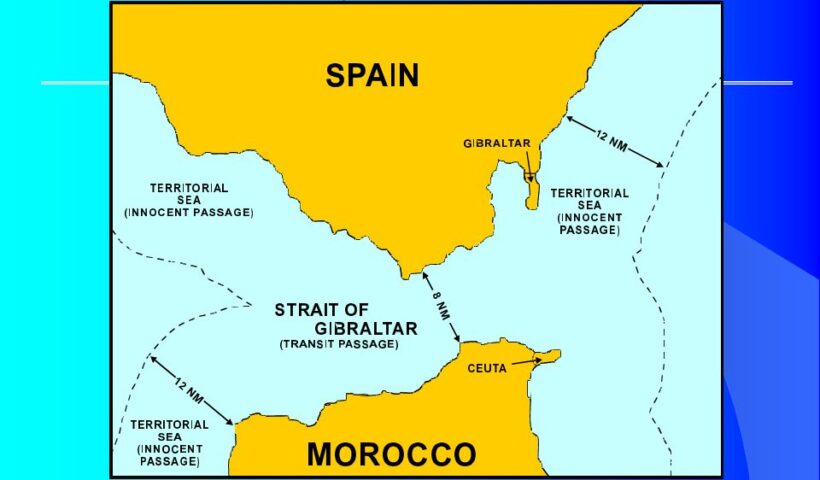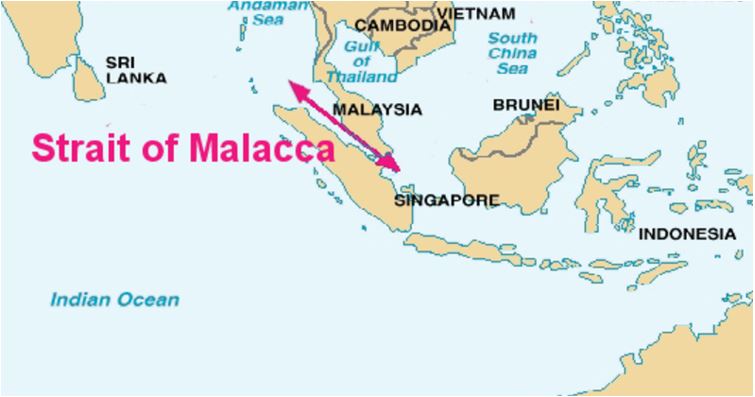Article 38(2) of LOSC defines transit passage as:
the exercise in accordance with this Part [III] of the freedom of navigation and overflight solely for the purpose of continuous and expeditious transit of the strait between one part of the high seas or an exclusive economic zone and another part of the high seas or an exclusive economic zone.
This provision continues that: ‘the requirement of continuous and expeditious transit does not preclude passage through the strait for the purpose of entering, leaving or returning from a State bordering the strait, subject to the conditions of entry to that State’. Thus the transit passage includes lateral and inward/outward-bound passage. The right of transit passage in international straits differs from the right of innocent passage in the territorial sea in four respects.. international law of the sea and The Right of Transit Passage on the international straits, Chicago Convention with respect to the airspace over the straits, continuous and expeditious transit, exclusive economic zone, freedom of navigation, international straits, submarines, transit passage, UNCLOS III
Tag: transit passage
what is the meaning of INTERNATIONAL STRAITS and its legal issues (typology and rules)
The straits under Part III of the LOSC contain two types of straits: straits to which the regime of transit passage applies and straits to which the right of innocent passage applies.
The first type concerns straits to which the regime of transit passage applies. In this regard, Article 37 provides: This section applies to straits which are used for international navigation between one part of the high seas or an exclusive economic zone and another part of the high seas or an exclusive economic zone. This provision contains two criteria for identifying international straits under Part III.
The first is the geographical criterion. Such straits are those connecting ‘one part of the high seas or an exclusive economic zone and another part of the high seas or an exclusive economic zone’. The second is the functional criterion, namely ‘straits used for international navigation’. Concerning the relationship between the two criteria, the ICJ, in the Corfu Channel case, seemed to consider that the geographical criterion provided the primary criterion… what is the meaning of INTERNATIONAL STRAITS and its legal issues (typology and rules), Åland Islands, Åland Strait, archipelagic waters, Arctic Ocean, Arctic waters, Article 36 of the LOSC, Atlantic Oceans, Corfu Channel judgment, Dardanelles, Dover Strait, EEZ, international navigation, international shipping, international straits, LOSC, Montreux Convention, non-suspendable innocent passage, Osumi Strait, right of innocent passage, Strait of Gibraltar, Strait of Magellan, Straits of Malacca, territorial sea, territorialisation, transit passage, Turkish Straits
The Development of the Law of the Sea by the International Court of Justice
The Development of the Law of the Sea by the International Court of Justice, baselines, development of international law, ICJ, International Court of Justice, law of the sea, lawmakers, maritime delimitation, transit passage, United Nations Convention on the Law of the Sea
View More The Development of the Law of the Sea by the International Court of Justice


